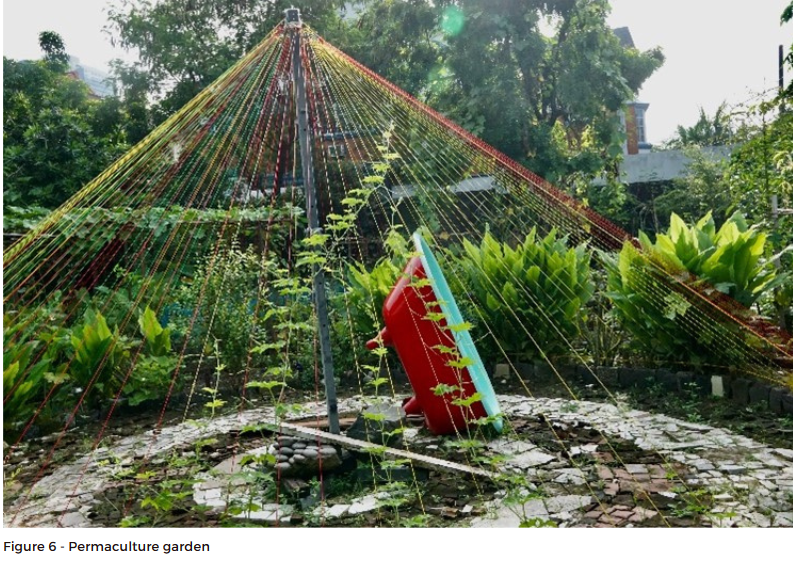For environmental monitoring, microcontrollers can be useful to monitor and control environmental parameters such as temperature, humidity, air quality, and water quality, being a good example of possible applications, the operation of irrigation
systems and monitoring the moisture content of the soil to optimise water usage in agriculture. This resourceful technology can play a critical role in the management of water resources by providing the ability to control and monitor water usage in irrigation systems, buildings and industrial processes and it is commonly used in Permaculture. This allows for more efficient use of water resources and can help reduce waste.
For example, by using sensors to monitor weather and soil conditions, a microcontroller can adjust the watering schedule and reduce water usage. Additionally, microcontrollers can be used to monitor and control the use of fertilisers, helping to reduce waste by ensuring that the right amount of fertilisers is used for each crop.
In terms of buildings, microcontrollers can be used to control and monitor water usage in real-time, allowing for adjustments to be made quickly and efficiently in order to minimise waste. For example, by using sensors to monitor water usage in different areas of a building, a microcontroller can detect leaks and alert maintenance staff to fix them. Hence, these can also be used to monitor and control the use of water in appliances such as washing machines, dishwashers, and toilets, helping to reduce waste by ensuring that the right amount of water is used for each task.


